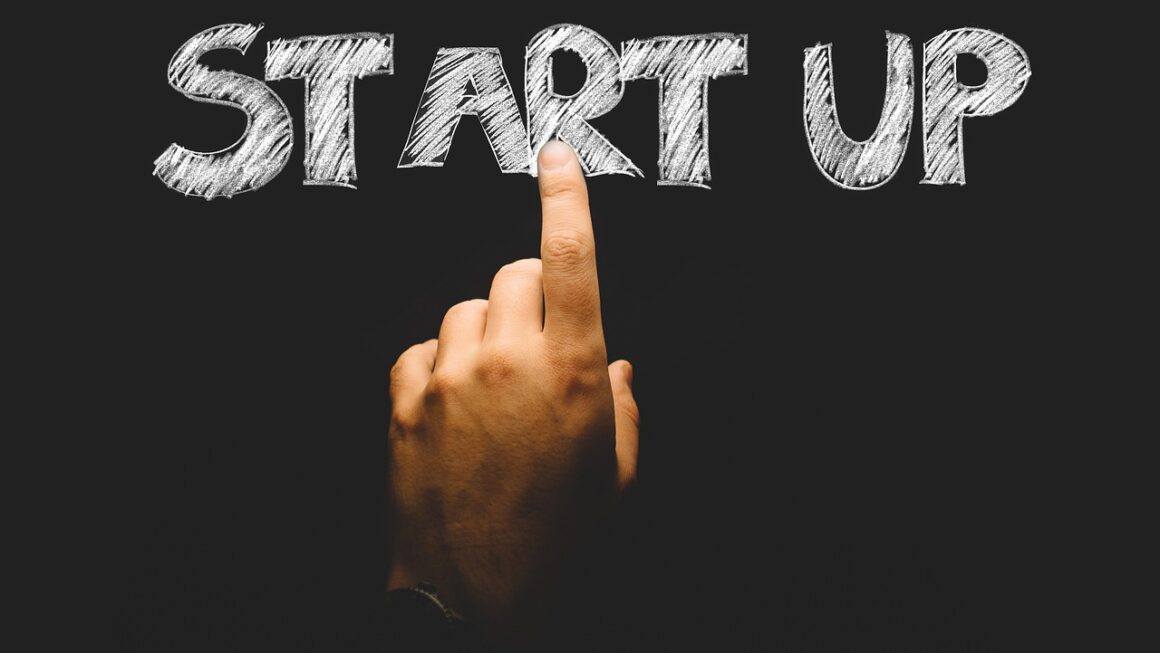The quest for inner peace and reduced stress is more prevalent than ever. In today’s fast-paced, digitally driven world, the convergence of technology and mindfulness practices has given rise to a fascinating trend: mindfulness tech. These innovative tools and applications are designed to help individuals cultivate a greater sense of awareness, manage stress, improve focus, and enhance overall well-being. Let’s delve into the world of mindfulness technology and explore its potential to transform our lives.
Understanding Mindfulness Tech
What is Mindfulness Tech?
Mindfulness tech encompasses a range of digital tools and applications that support mindfulness practices. These technologies are designed to help users cultivate awareness of their thoughts, feelings, and bodily sensations in the present moment, without judgment. It’s about leveraging technology to enhance ancient techniques, making them more accessible and engaging for a modern audience.
The Rise of Mindfulness in the Digital Age
With the increasing demands of modern life, many people are seeking ways to manage stress and improve their mental well-being. Mindfulness practices have gained widespread recognition for their effectiveness in reducing anxiety, improving focus, and promoting overall happiness. Mindfulness tech has emerged as a convenient and accessible way to integrate these practices into daily routines. The global meditation apps market, for example, is projected to reach billions of dollars in the coming years, reflecting the growing demand for these technologies.
Benefits of Using Mindfulness Tech
- Increased Self-Awareness: Helps you become more attuned to your thoughts, emotions, and physical sensations.
- Stress Reduction: Provides tools and techniques to manage stress and anxiety.
- Improved Focus and Concentration: Offers guided meditations and exercises to enhance focus.
- Better Sleep Quality: Features sleep stories, relaxing sounds, and guided sleep meditations.
- Enhanced Emotional Regulation: Helps you develop skills to manage and regulate your emotions.
Types of Mindfulness Technology
Meditation Apps
Meditation apps are perhaps the most popular form of mindfulness tech. These apps provide guided meditations, breathing exercises, and mindfulness practices that can be accessed anytime, anywhere.
- Headspace: Offers guided meditations for various needs, including stress management, sleep improvement, and focus enhancement. It has personalized courses and animations, making mindfulness accessible to beginners.
- Calm: Known for its soothing sleep stories, relaxing music, and guided meditations, Calm is designed to help users reduce anxiety and improve sleep quality.
- Insight Timer: Provides a vast library of free guided meditations, music tracks, and talks from various teachers and traditions. It also has a community feature where users can connect with each other.
Wearable Devices
Wearable devices, such as smartwatches and fitness trackers, can monitor physiological data and provide real-time feedback to help users become more aware of their stress levels and overall well-being.
- Muse: A brain-sensing headband that tracks brain activity during meditation, providing real-time feedback on your mental state. It helps users learn to focus and deepen their meditation practice.
- Fitbit: While primarily known for fitness tracking, many Fitbit devices offer guided breathing exercises and mindfulness reminders to help users manage stress throughout the day.
Biofeedback Devices
Biofeedback devices use sensors to monitor physiological signals, such as heart rate variability and skin conductance, and provide feedback to help users learn to control these signals and reduce stress.
- HeartMath Inner Balance: A sensor that clips onto your earlobe and measures heart rate variability. It provides feedback and guidance on how to synchronize your heart, mind, and emotions to reduce stress and improve resilience.
Virtual Reality (VR) Mindfulness Experiences
VR technology is being used to create immersive and engaging mindfulness experiences, allowing users to escape to peaceful environments and practice mindfulness in a virtual setting.
- Guided VR Meditations: Some VR apps offer guided meditations in tranquil settings, such as a serene beach or a peaceful forest, to enhance relaxation and promote mindfulness.
- Relaxation Games: VR games that incorporate mindfulness principles can help users reduce stress and improve focus in a fun and engaging way.
How to Choose the Right Mindfulness Tech
Identify Your Needs and Goals
Before investing in mindfulness tech, consider what you hope to achieve. Are you looking to reduce stress, improve sleep, enhance focus, or simply cultivate a greater sense of awareness? Understanding your needs will help you choose the right tools and applications.
Research and Read Reviews
Take the time to research different mindfulness apps and devices and read reviews from other users. Look for products that have a proven track record of effectiveness and positive user feedback.
Consider the User Interface and Accessibility
Choose mindfulness tech that is easy to use and accessible. The user interface should be intuitive and user-friendly, and the app or device should be compatible with your existing technology.
Look for Personalized Features
Some mindfulness apps offer personalized features, such as customized meditation programs, tailored recommendations, and progress tracking. These features can help you stay motivated and engaged with your mindfulness practice.
Try Before You Buy
Many mindfulness apps offer free trials or demo versions. Take advantage of these opportunities to try out different apps and see which ones resonate with you before committing to a subscription.
Integrating Mindfulness Tech into Your Daily Routine
Start Small and Be Consistent
Begin by incorporating short mindfulness exercises into your daily routine. Even a few minutes of meditation or deep breathing can make a difference. Consistency is key, so try to establish a regular practice that you can stick with over time.
Set Reminders and Create a Dedicated Space
Set reminders on your phone or calendar to prompt you to practice mindfulness throughout the day. Create a dedicated space where you can relax and focus without distractions.
Use Mindfulness Tech During Transitions
Use mindfulness apps or devices during transitions, such as commuting to work, waiting in line, or taking a break from work. These moments can be opportunities to practice mindfulness and reduce stress.
Combine Mindfulness Tech with Other Practices
Combine mindfulness tech with other wellness practices, such as yoga, exercise, and healthy eating, to enhance your overall well-being. Mindfulness can complement these practices and help you become more aware of your body and mind.
Track Your Progress and Celebrate Successes
Use the tracking features in mindfulness apps to monitor your progress and celebrate your successes. Seeing how far you’ve come can be motivating and help you stay committed to your mindfulness practice.
Conclusion
Mindfulness tech offers a powerful way to integrate mindfulness practices into our increasingly digital lives. By understanding the different types of mindfulness technology, choosing the right tools, and incorporating them into our daily routines, we can cultivate a greater sense of awareness, reduce stress, improve focus, and enhance overall well-being. Whether it’s through guided meditations, wearable devices, or VR experiences, mindfulness tech has the potential to transform our lives and help us find peace and balance in a fast-paced world. Embrace the power of mindfulness tech and embark on a journey of self-discovery and inner peace.




